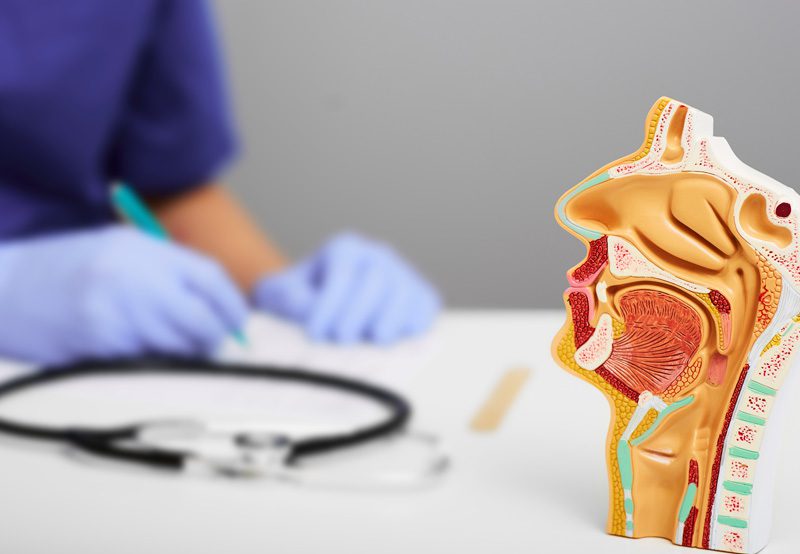

The intricate structures of our throat, particularly the larynx or voice box, play crucial roles in our ability to speak and breathe. However, when issues arise in this area, understanding and addressing them can be challenging due to the region’s complexity and inaccessibility. Laryngoscopy is a vital procedure that provides medical professionals a clear view of the larynx, allowing for accurate diagnosis and treatment of various conditions.
Overview of Laryngoscopy
Laryngoscopy is a diagnostic procedure that involves examining the back of the throat, including the voice box (larynx) and vocal cords. It utilizes a tool called a laryngoscope, which may be rigid or flexible, fitted with a light and often a camera to provide a visual representation of the area.
There are two primary types of laryngoscopy:
- Direct Laryngoscopy: This involves using a tube-like rigid laryngoscope. The process might require general anesthesia and is typically performed in an operating room.
- Indirect Laryngoscopy: A flexible laryngoscope, resembling a long, thin tube, is used, typically requiring only a local anesthetic or a numbing agent. This type can often be done in a doctor’s office.

Why is Laryngoscopy Performed?
There are several reasons why a laryngoscopy might be recommended:
- Diagnosis: If a patient has symptoms like persistent cough, throat pain, difficulty swallowing, hoarseness, or unexpected weight loss, a laryngoscopy can help identify the cause.
- Examination of a Mass: If other tests reveal a lump or mass, this procedure can provide a closer look.
- Voice Issues: For those experiencing persistent hoarseness or voice changes, the procedure can identify issues with the vocal cords.
- Post-Surgery Evaluation: After surgery in the throat region, laryngoscopy can monitor healing and check for complications.
The Laryngoscopy Procedure
For anyone experiencing persistent throat issues or voice changes, understanding and considering laryngoscopy as a diagnostic tool is the first step towards a clearer, healthier future. The exact procedure may vary based on the type of laryngoscopy being performed:
- Preparation: For a direct laryngoscopy, the patient may be asked to fast for several hours before the procedure. Indirect laryngoscopy usually requires minimal preparation.
- Anesthesia: Direct laryngoscopy typically requires general anesthesia, ensuring the patient is asleep and pain-free. Indirect laryngoscopy might only involve a numbing agent sprayed into the throat.
- Insertion: Depending on the approach, the laryngoscope is inserted either through the mouth or the nose.
- Examination: The doctor examines the throat area, vocal cords, and larynx. If necessary, tiny instruments can be inserted alongside the laryngoscope to collect tissue samples or remove polyps.
- Completion: The instrument is carefully withdrawn, and the procedure is completed.
After the Procedure
Post-procedure experiences can vary:
- Recovery: Those who undergo a direct laryngoscopy with general anesthesia may require a short recovery period in the hospital.
- Temporary Side Effects: Some people may experience a sore throat, cough, or hoarseness for a few days following the procedure.
- Results: If biopsies were taken, it might take several days to get the results.
Benefits and Risks
Laryngoscopy offers several benefits, including accurate diagnosis and targeted treatment. The procedure is generally safe, but, as with any medical procedure, some risks are associated, albeit rare. These can include bleeding, infection, or reactions to the anesthesia.
